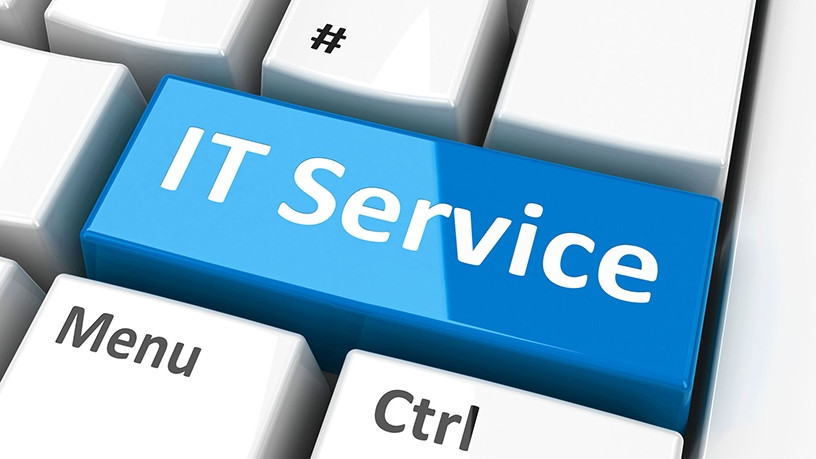What are the six most common SD errors? Here’s a quick overview of each one.
1. Treating Your Service Desk Like a Help Desk
It’s easy to forget that a help desk is merely one kind of service desk. Too often, technicians and managers focus only on the reactive nature of service desks, as if they were running a stand-alone help desk. When you remember to include functions like ongoing asset management and other non-end-user capabilities, you’re keeping more to the true nature of what a service desk is supposed to be. Help desks tend to be more user-oriented, while service desks cater to a broader audience, namely end-users as well as technicians.
2. Forgetting that the Desk is Part of IT Service Management
Help desks are just one piece of the puzzle when it comes to how IT teams manage the entire realm of service delivery to the company’s internal customers. Along with a typical help desk, these processes include core components like delivery, design, support, and creation of IT services, because that’s the basic philosophy behind the definition of ITSM.
3. Not Using a Knowledge Base
Every IT service desk should have a knowledge base. It’s a common error to postpone adding this feature until the content library is quite large. Instead, it makes better sense to go live with the knowledge base as early as possible. Don’t worry that the knowledge base only contains a few relevant articles and resources. It will grow organically over time and as users present fresh challenges.
4. Making It Difficult for Technicians to View Tickets
It seems obvious, but it’s essential for a versatile service desk to allow technicians the ability to view active or inactive tickets from any device. They should not be required to be at their desks. That means the entire service desk environment must be mobile-friendly. This is another way to help build up clear lines of communication between techs and users. Real-time, round-the-clock response to tickets is one of the most effective ways to prevent duplicate and redundant requests for service.
5. Not Creating Template Responses for Common Questions
It only makes sense to use several template responses to recurring questions. There’s no reason to send users to a knowledge base if technicians have a tailor-made response ready to go. The point is to avoid making someone hunt through a large knowledge base directory in search of a response unless they have to. Service desk techs know that even within small organizations, there are at least a dozen queries that recur with regularity. In those cases, templates get the job done quickly and accurately, with minimal lost time on the part of users or technicians.
6. Not Building the Desk to Focus on Business Goals and Best Practices
When you focus on various user requests and incident responses, it’s easy to fall into the trap of becoming nothing more than a stand-alone help desk. However, your company’s service desk should be much more than that. In fact, it should be designed to serve the organization’s general, comprehensive set of goals. Plus, it should always employ ITIL best practices processes to oversee the whole information delivery function.
If you like the article then check Techdee for more informative articles.
